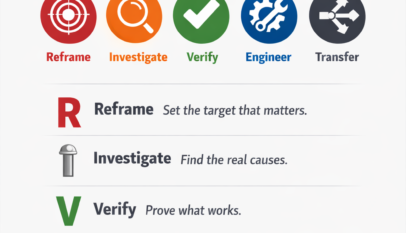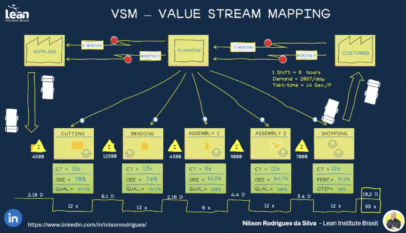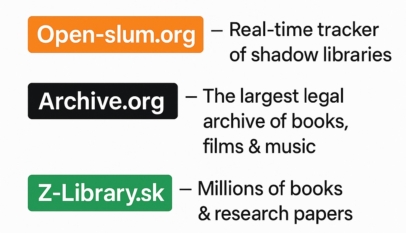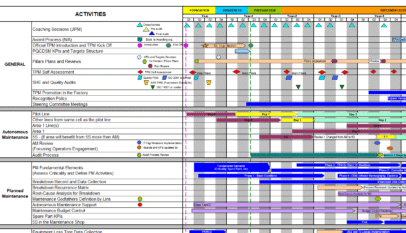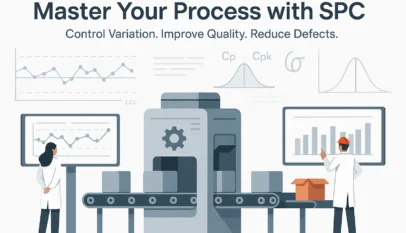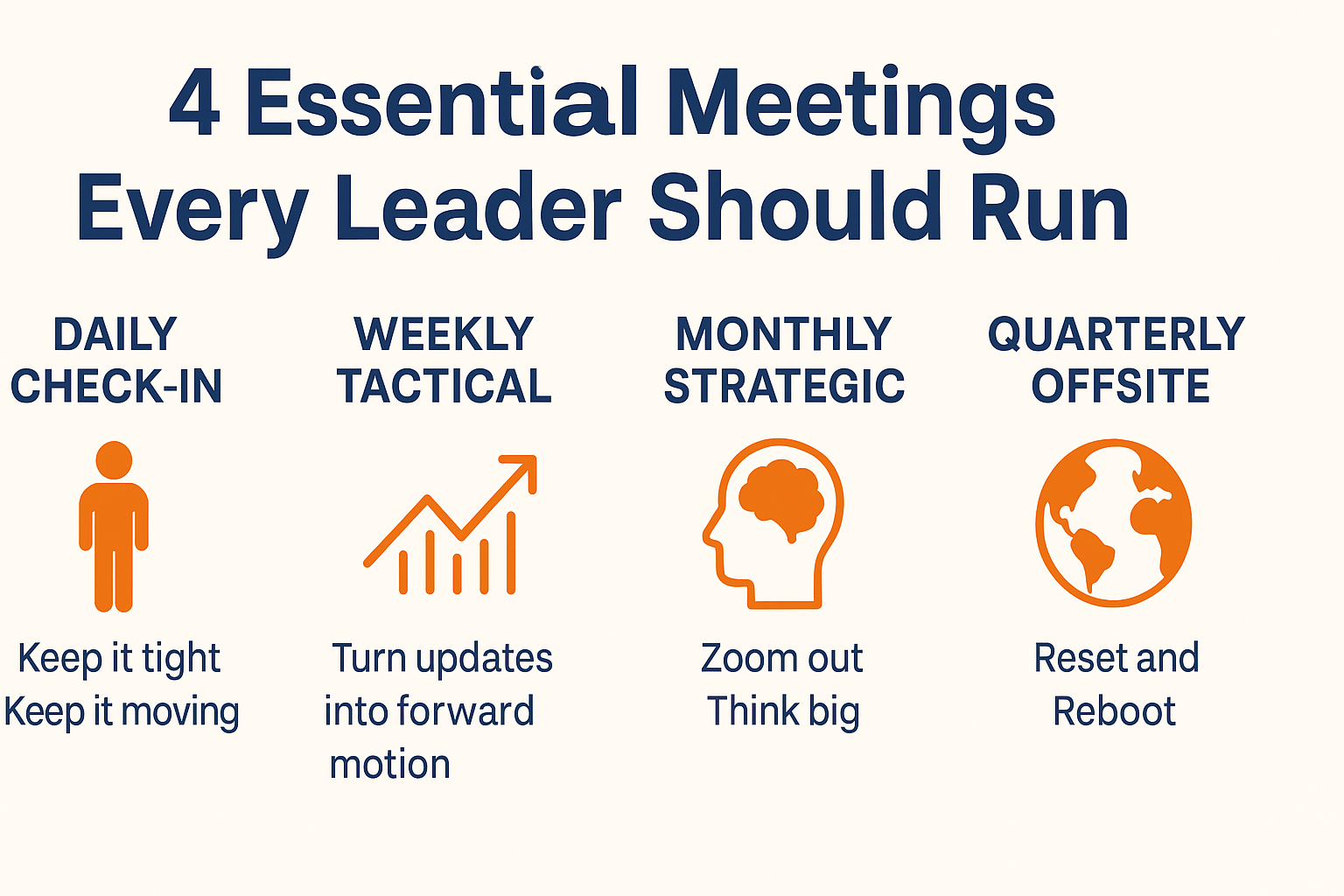The SOAR (Strengths, Opportunities, Aspirations, and Results) Analysis model is an innovative, strengths-based approach to change management that fosters collaboration, discovery, learning, and innovation. This model can be applied across various contexts, from strategic planning to personal development. In this blog post, we will explore the fundamentals of the SOAR model, its applications, and some essential tips to make the most of it.
The SOAR Analysis Model: A Closer Look
The SOAR Analysis template is divided into four quadrants, with the top two highlighting strengths and opportunities and the bottom two highlighting aspirations and results. The top quadrants focus on the current state, while the bottom ones identify an improved future state.
Applications of the SOAR Model:
The versatility of the SOAR model makes it suitable for numerous purposes, including:
- Strategic planning: Utilize SOAR to create a comprehensive strategic plan that builds on your organization’s strengths and identifies potential growth opportunities.
- Reviewing strategic plans: Assess the progress of your strategic plans and refine them using the SOAR framework.
- Task or project improvement: Leverage SOAR to optimize task or project outcomes by focusing on strengths, opportunities, and desired results.
- Team energizing: Boost team morale and motivation by emphasizing positive aspects and opportunities for success.
- Focusing and committing to tasks: Enhance team focus and commitment by clarifying aspirations and intended results.
- Professional development: Support individual growth by creating professional development plans with the SOAR framework.
- Personal development: Use the SOAR model to identify strengths, growth opportunities, and self-improvement aspirations.
Tips for Effective SOAR Implementation:
To maximize the benefits of the SOAR model, keep the following tips in mind:
- Involve the right people: Ensure all relevant stakeholders are included in the SOAR process, such as employees from various departments, end-users, suppliers, or partners.
- Facilitate skillfully: The facilitator of the SOAR brainstorming session should have excellent facilitation skills to guide the group through powerful questioning and action plan creation with clear responsibilities and timeframes.
- Combine with other tools: SOAR should be used alongside other tools for a thorough analysis, ensuring your organization avoids focusing on the wrong areas.
Conclusion:
The SOAR Analysis model is valuable for organizations and individuals seeking a positive approach to change management, strategic planning, and personal development. By incorporating the SOAR framework into your processes, you will foster collaboration, learning, and innovation that can lead to better results and a brighter future.
Source: The Thin Book of Soar: Building Strengths-Based Strategy (Stavros & Hinrichs, 2009). Shared by SOAR Analysis – Journalism – Strategic Communication – Library Guides at the University of Missouri Libraries.

